The Everyday Genius of Your Artist’s Voice: Part 4, Cameras & Gear
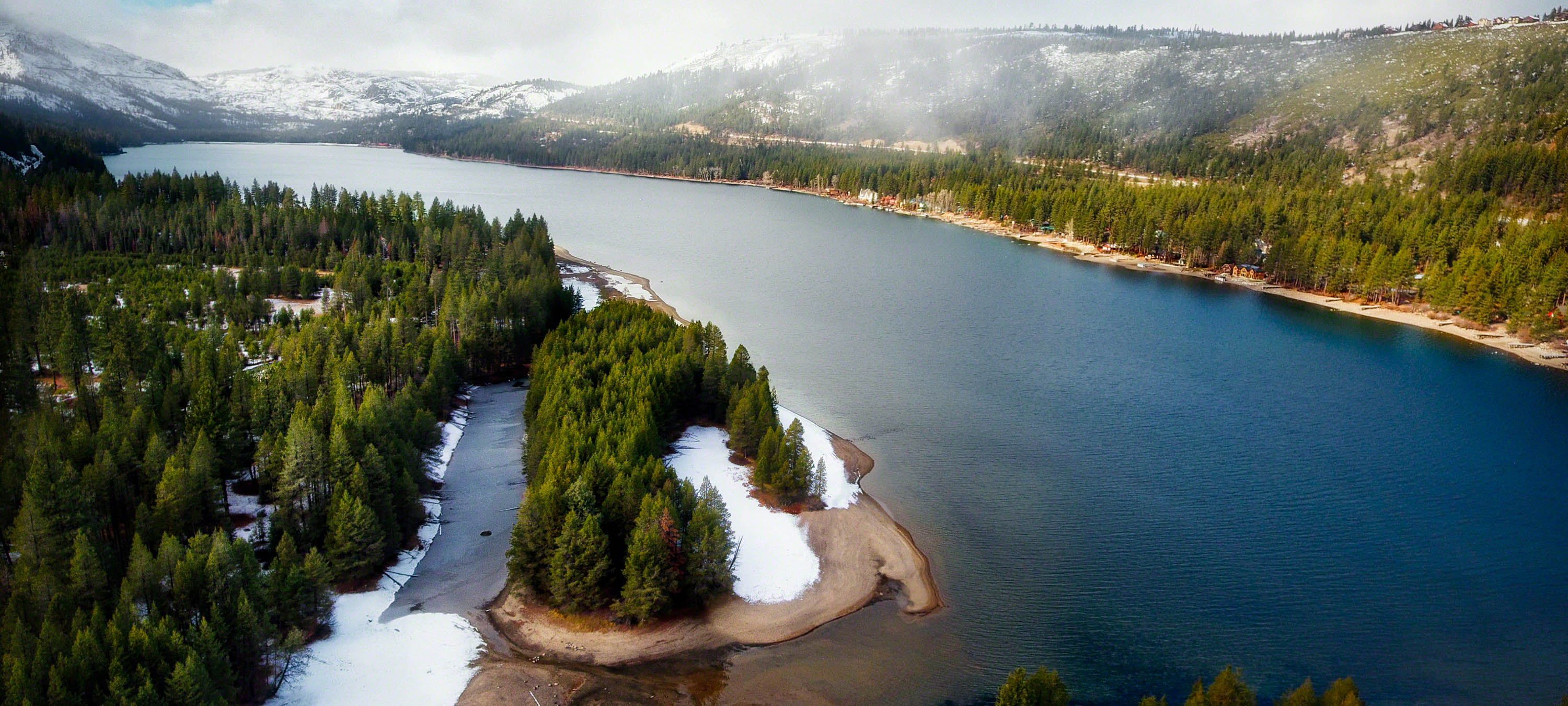 Today’s episode of “The Everyday Genius of Your Artistic Voice” gets into the shark infested waters of cameras and gear. But with a light touch! It’s really ALL about getting priorities straight: voice and vision first, the gear to best do the job second. Always.
Today’s episode of “The Everyday Genius of Your Artistic Voice” gets into the shark infested waters of cameras and gear. But with a light touch! It’s really ALL about getting priorities straight: voice and vision first, the gear to best do the job second. Always.
This one’s a tad bit longer than the other episodes so far… 15 minutes. But it could seriously be an entire book! Hmmm… 😉
What I DON’T do is cover every details about cameras, lenses and gear. What I DO is lay out some ideas, some notions to think about that can make the entire conversation about gear much less confusing and way more integrated with your truest vision and artistic voice.
Guess which comes first?
Read or listen on and find out. 😉
TRANSCRIPTION
… or a close facsimile.
Perspectives & Priorities
Hi! I’m Karen Hutton and welcome to episode 4 of “The Everyday Genius of Your Artistic Voice”, my 8-part series about bringing your artistic voice, your inner muse into your everyday experience in photography. Today we take a swan dive into the shark-infested waters of: Cameras and Gear. Oh yeah, we brave.
Any good “artistic voice” conversation has to eventually come around to include gear. Some of you know that I have a tremendous aversion to doing that. I cringe every time someone starts the conversation in social with “what were your settings”. Because the glib part of my wants to answer “my setting is ‘Delete this comment!’” But the smart part of me knows that those questions simply reflect a lack of education and understanding, which sadly is rampant in the photography world these days.
Honestly, I don’t mind answering gear, settings – ANY question as long as it’s from within the right context. Meaning, you really should know what the artist intended, in order for settings information to mean squat. Otherwise: bored. Thing is, settings aren’t the answer. They’re part of the equation… but it’s a part that should be way further down the line of importance than is currently the popular approach.
This topic also addresses the enormous beef I have with photo critiques in general and the supposed “experts” handing them out like candy every single day, crushing the creative impulses of budding artists and photographers around the globe. [cue enormous body shudder of repulsion]. Don’t get me started. Or do… but be prepared for the shred. But that’s a rant for another day.
For now, whether we’re talking gear or critiques… the FIRST question one should be asking is “What do you want to create? What do you love? What feels good?” I throw out all three, since sometimes you don’t have words to explain it… but there will be a feeling. You know how you feel – or you would if you took a moment, which is part of the whole Preparation equation – and you know how you WANT to feel about creating images. So you need to take a moment to feel those things. Let them inform you. The questions you ask, the direction you look, what you notice photographically, what truly floats your boat will be dramatically affected by starting there. Your gear decisions will be much more satisfying to your heart, soul and muse than it will by following anyone else’s opinion. Work from the inside out. That’s a life lesson too, BTW.
Cameras
Let’s keep this simple. I think there are three cool things about cameras in general:
- They create with light. How cool is that? What an elegant medium we get to work with: frequency.
- They’re connected to us. We hold them with our hands and quite often put them right up to our face. Short of having it implanted into our brains, which is really kind of a creepy thought – this is about as close of a connection as any artist’s gear can be.
- They allow us to convey thoughts quickly. You can take a quick snap of something you want to remember later – which is like jotting down a note, only faster and more evocative. Or you can take you time to create a masterpiece, embued with emotion, thought, soul, meaning.
So that’s the thing itself. But taking it further, what do you want to do with it? In the interest of time, I’ll mention the two genres I aim to do with my gear:
- Travel
- Landscape
When it comes to travel, you ideally want a smaller, lighter, lower profile camera. For ease of use, staying within airline weight restrictions, not being so obviously packing expensive gear, saving your back – the list is long. But those are some considerations if you want to travel.
When it comes to landscape, you might still want something smaller if you intend to backpack your gear places. If you work not too far from your car, then perhaps that’s not as much of a concern. There are alot of beautiful places to shoot where you don’t have to worry about going far. But beyond that consideration and intended use – you’ll likely need weather-sealed, maybe some filters, a backpack, certainly a tripod and other odds and ends that a strictly travel photographer doesn’t have to worry about. It’s definitely a more gear-intensive side of photography.
Deciding which area or areas you want to spend the most time in will narrow the field of options considerably. This is genius, because nowadays there are SO MANY options it makes you head swim! Only by ruling out as many options as possible, will you even get close to the right choice for you and stay sane.
But what if you want to do BOTH travel and Landscape?? That’s what I wanted when it came time to switch from DSLR to mirrorless. In answer to that question, there were still too many options for me to decide. So I narrowed my field of vision even more. I added to my list of considerations…
- Form and function: I like a retro look and feel in my cameras if at all possible. I way prefer buttons to menu diving. And ideally, a number of easily customizable buttons so that I can depend upon muscle memory to quickly change settings, not think about where to find a stupid setting. Having to do that totally derails my creative flow and blows my zone.
- Ergonomics: it had to feel good in my hand… not only fit, but feel good and inviting to pick up and use.
- Weather sealed. While I might not need that for travel, I sure as heck do for landscape. So if I had to choose one camera, it needed weather sealing.
- Wide variety of lenses. That factors in, since you don’t just buy the camera, you also buy the line of lenses you can use with it.
- Incredible images. Tone, dynamic range, color. I could never have explained it with words, but I had a vision of what I wanted to see here. I wanted a slightly different color palette than I’d ever seen in a camera and had no clue where to find that – but hey, the heart wants what it wants.
- Creative inspiration. SERIOUSLY didn’t know how to explain that – but I wanted to feel inspired by the gear itself.
Now a list THAT specific, so dialed into what I really, truly wanted, ruled out most camera gear on the market. In fact, it was so specific that for a second I didn’t think my camera even existed. Until a friend of mine suggested Fujifilm, which I had completely overlooked in my auditions of different camera systems.
Bingo. A match made in heaven. There was no doubt, no waffling – I had gotten my considerations aligned with my creative muse, which made it all crystal clear.
Lenses
What about lenses? OK, let’s apply the same process to lens selection. If the camera you’re looking at comes with a wide variety of lenses, you’re set. If not, then some further assessment will be needed to make sure they’ll fit what you need.
To keep this short, I’ll boil it down and give two examples: The wider view and telephoto… but we’ll consider them from the point of view of aligning the vision, feel and emotion you want to create to the gear that’ll help you carry that out.
Wide-effect lenses
- No set rule here, but I’m going to consider the range from maybe 10mm (super wide) to around 35mm (mid wide)
- There is more in frame
- Tends to have more in focus
- Possible distortion, depending upon how wide and how you point the lens.
Images created from wider lenses might feel:
Epic, sweeping, expansive, big view, grand, trippy, surreal. If you love this vision and the feelings that come with it – you’ll want to seek out a wider lens.
Truckee, CA
DJI Phantom 4 Quadcopter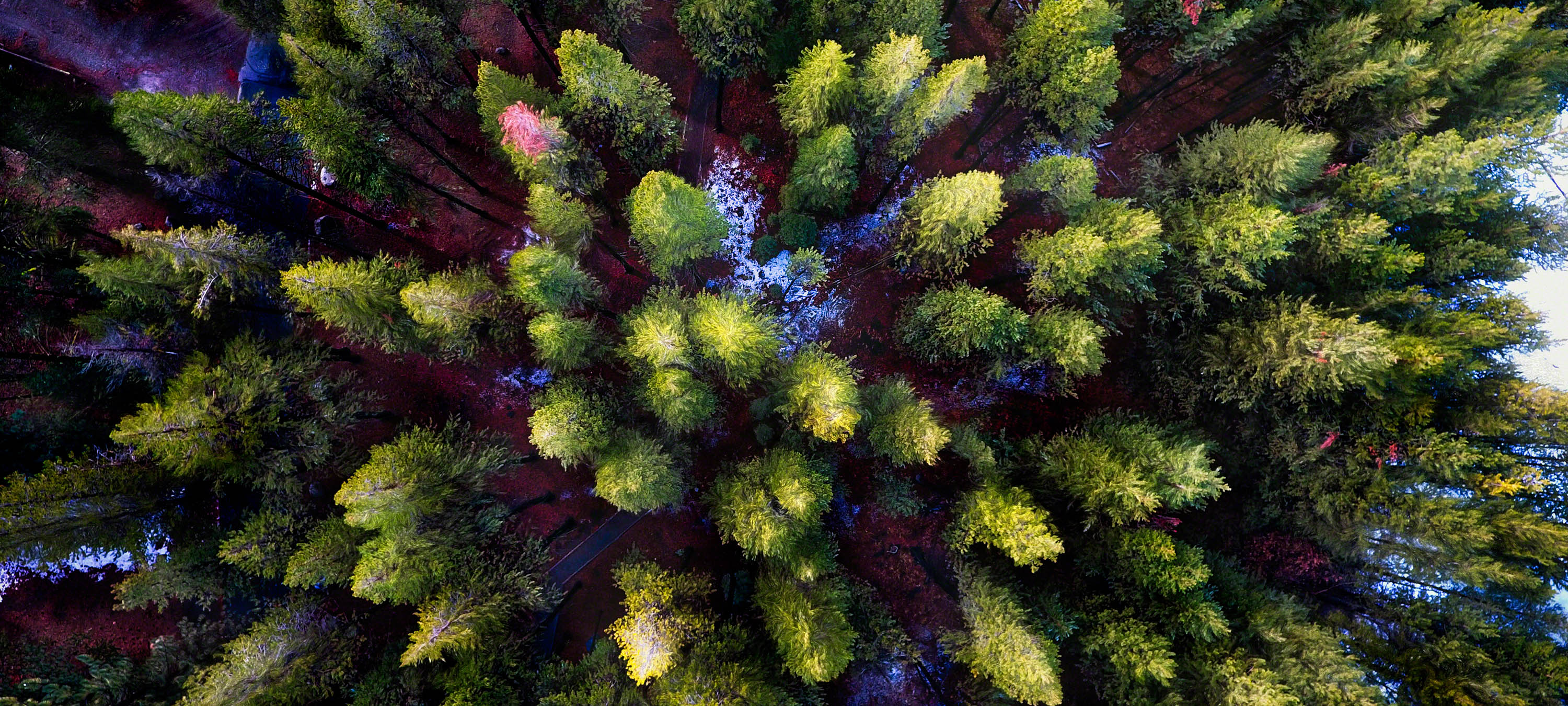
Truckee, CA
DJI Phantom 4 Quadcopter
Paris, France
Fujifilm X-T2, 10-24mm lens at 10mm
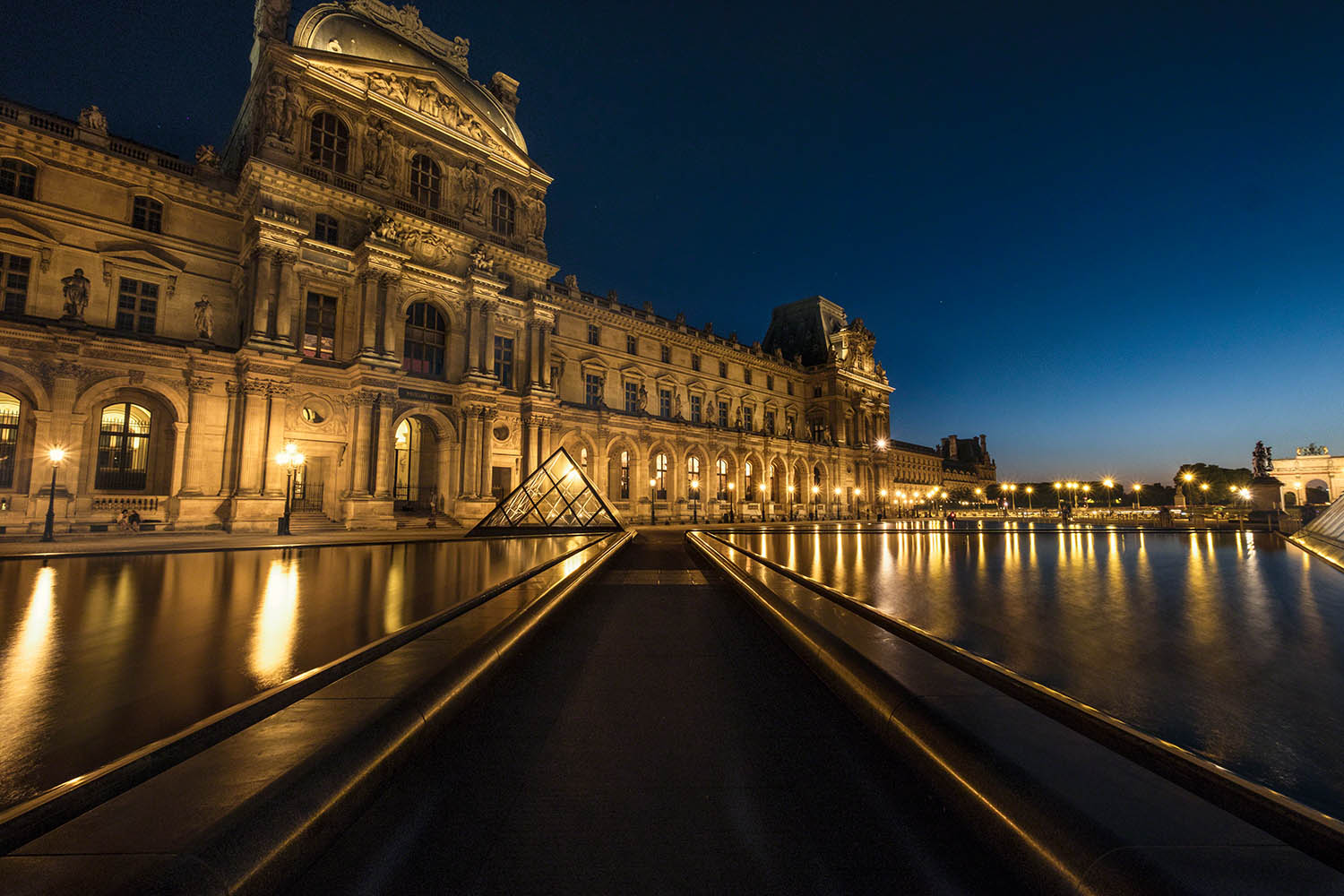
Florence, Italy
Canon 5DIII, 14mm lens
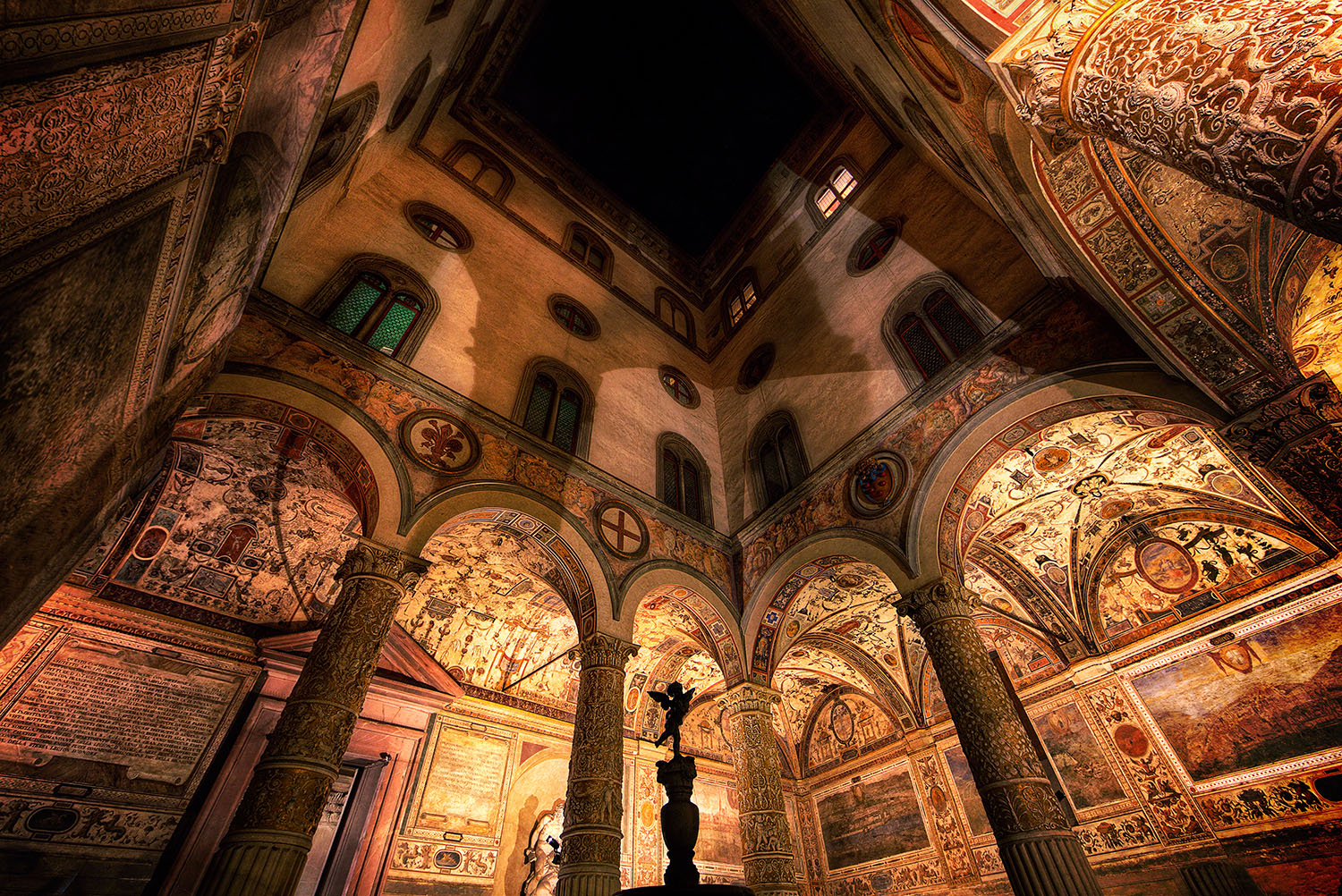
Telephoto lenses
- Let’s call this a range starting at roughly 70mm goes on up. The high end is more super telephoto. For our discussion I’m going to include Macro as well.
- Less is in frame
- Focus attention
- Create more compression (makes distant objects appear closer than they are)
- Show more detail
- Naturally have greater depth of field. Allows for more of the bokeh effect.
Images created from telephoto-style lenses might feel:
Intimate, dreamy, up close and personal, super focused, micro-view, worlds within worlds. If you’re jonesing for this view of your world… and love drawing things in to you, telling the detailed story, then some sort telephoto lens is the right tool to help create that vision, tell those stories.
Grass Valley, CA
Fujifilm X-T2, 60mm MACRO lens
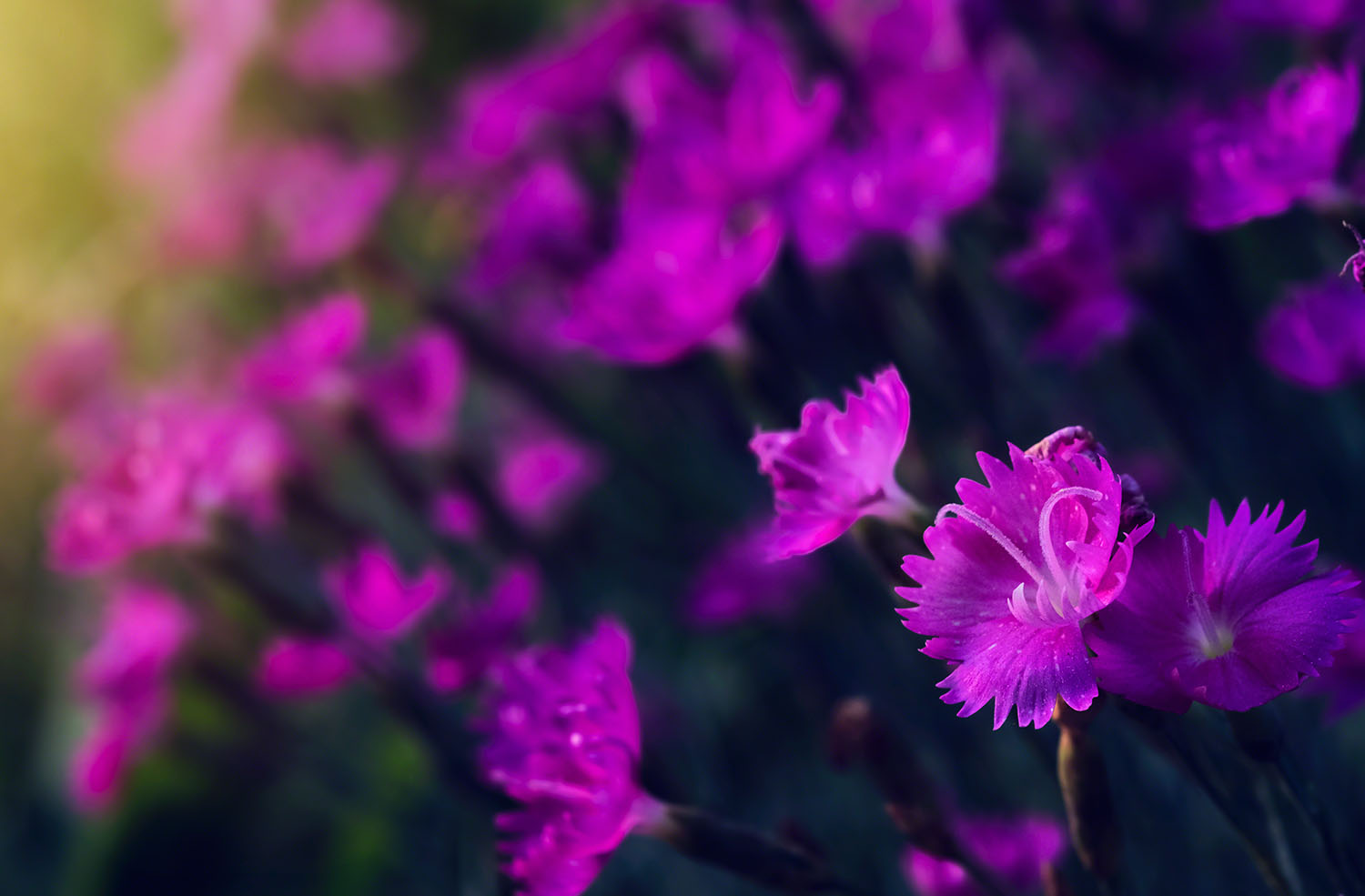
Lake Tahoe, NV
Fujifilm X-T2, XF 50-140mm lens at 119.2mm
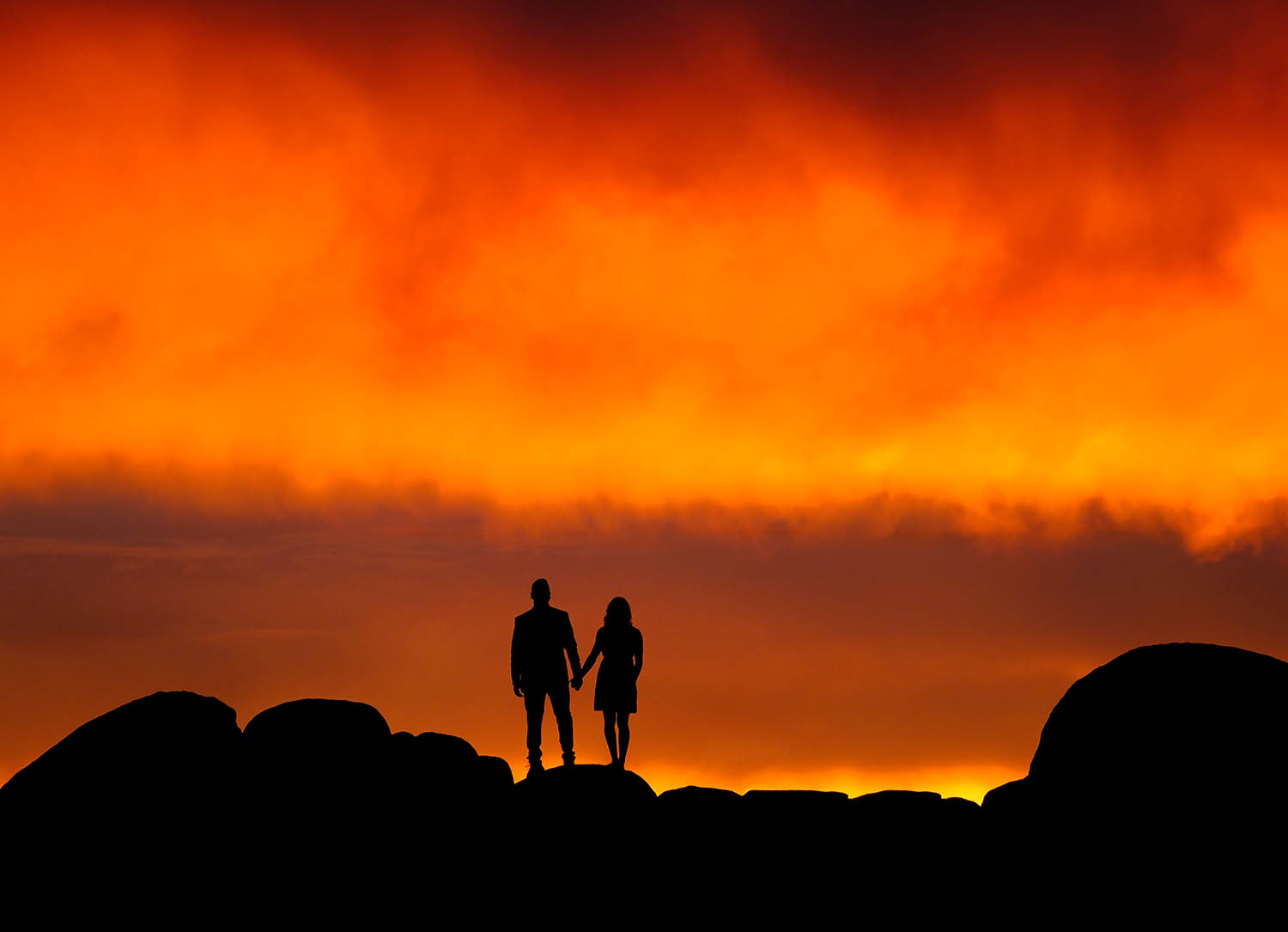
Bishop, CA
Fujifilm X-Pro2, XF 50-140mm lens at 140mm
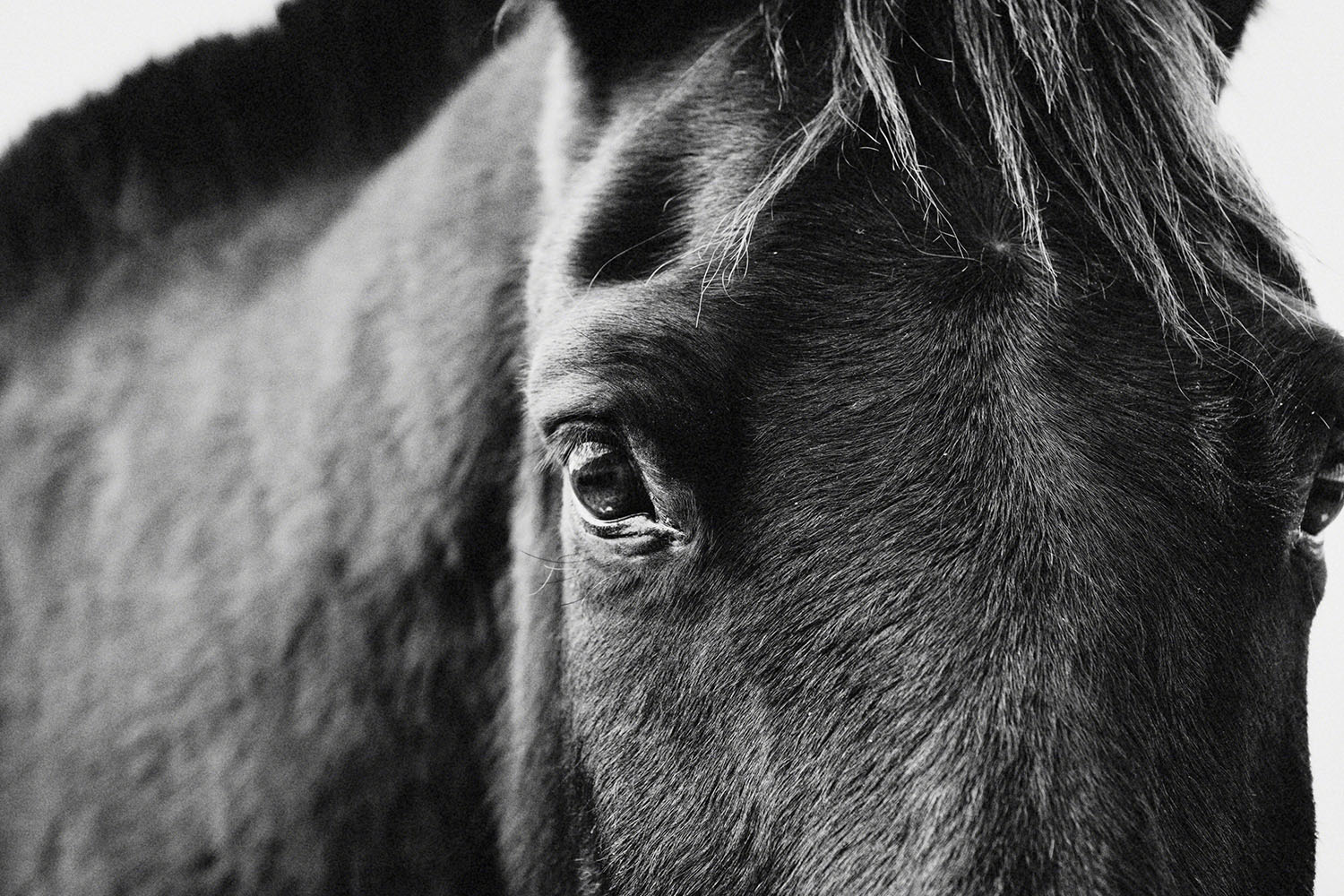
Truckee, CA
Fujifilm X-T2, XF 100-400mm lens at 400mm
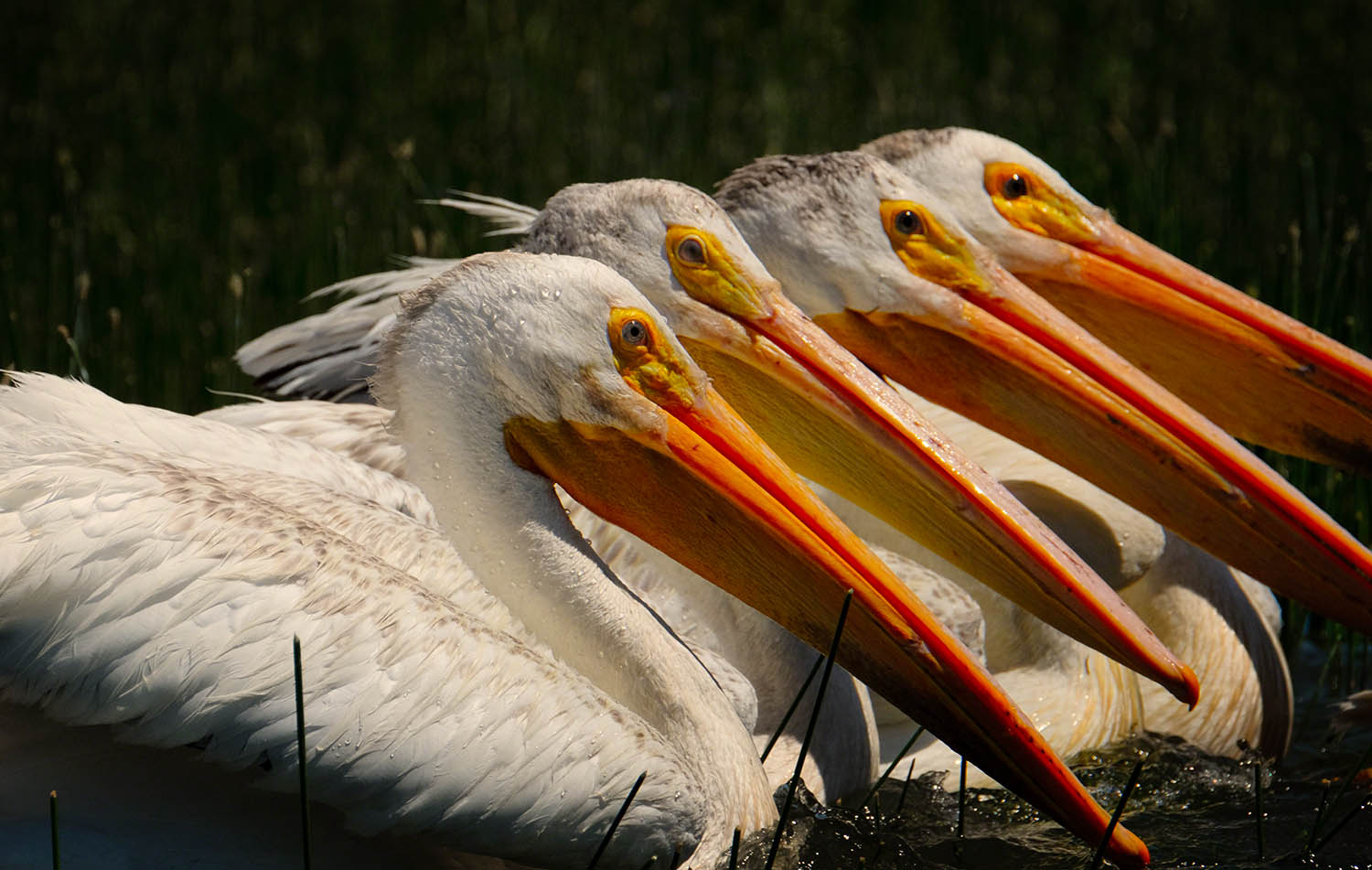
Other types of cameras and related gear
But hey – maybe you just want to use your phone. Great! What do you want to do with it? Take better pictures in general? Be able to zoom in or go wider than it does natively? Perhaps what I just said about the wider and more telephoto views make you want a bit more – but you’re not ready to go for a camera – or simply want to use your camera phone, period.
Well, maybe a bit more education or some lenses for your phone-camera are the ticket to expanding your world there.
For education: my dear friend Kalebra Kelby just put out a fabulous course on iPhoneography on Kelbyone. It’s called “You Shot That With Your iPhone?”. But Android users will find it awesome as well. I’ll put the link to it in the “Expand Your Mind” section of further resources below. You have to be a member of Kelbyone to watch – but they offer a juicy free trial that would allow you to watch Kalebra’s course – it’s only about 90 minutes – and learn a ton from it! I did! I was blown away. She only uses her iPhone and creates the most jaw-dropping images. I’ll include the link to her website below too.
For camera phone lenses: you could look at Moment lenses, Olliclip … or a host of others. Just use your inside-out approach to choose, or it’ll drive you nuts! By that I mean, decide what would be fun to try, create – what would feel good. I don’t mean over the next 5 years… I just mean next. Keep it simple. I’ll include a couple links to phone lenses below.
Beyond Photographs and Other Considerations
Beyond camera and lens selection, maybe you want to include video in your list of considerations. Great! You might need a better mic, a way to download footage in the field, lighting, etc. Like I say, the field of options can seem infinite – and thus, confusing. My point about the entire thing is to start with your artistic voice and vision. Your preferences, your world view, what you love, all that stuff. Put that first and let it lead the way. It’ll cut a swath through the field of seemingly infinite possibilities like you won’t believe. It’ll lessen your confusion and cut down on all distractions that come with considering gear.
If you do look to someone else’s opinion, make sure it’s someone already successfully doing what you want and desire to do… and ONLY use them as a guideline. Maybe learning from their experience will help you avoid certain pitfalls along way or whatever. But even then remember… your muse comes first! Use your own sensibilities, your own loves, desires, creative muse to make the final decision – even if it’s against popular opinion. Own what you know to be true for you. Learning to trust that will take you far, young weedhopper!
Like this conversation? Well, lemme hear your thoughts, questions, feedback and experiences in the comments below. I read them all and I love them.
Remember to check out the “Expand Your Mind” section for further exploration. And by all means, subscribe to my newsletter while you’re here, to kept in the know of the latest and greatest from out fun world over here. No spam, no ma’am.
Till next time… get out there and photograph with all your heart and soul!
Expand Your Mind
Here are some further resources for your enjoyment, from gear to education, to some crazy lenses and gear for a mobile photography life.
Kalebra Kelby’s Website: Loads of incredible photos, all taken with her iPhone – plus her blog and all the good stuff. Links to all her social feeds are all there too.
Kalebra’s course on Kelbyone: It’s called “You Took That With Your iPhone?” and it’s jam packed with juicy info about your iPhone. Android users will get something out of it too!
Moment Lenses: high quality lenses for your phone and the cases that go with them.
Olliclip Lenses: A very popular brand of mobile camera lenses, a mid price range selection.
Photojojo: a website that has just about All Things Mobile! Including affordable mobile camera lenses.
Wiki-ezvid.com: a site I stumbled upon with an entire selection of mobile phone camera lenses I’ve never even heard of! It’s new to me… I’m offering it in the spirit of learning what all’s out there.
The Other Episodes
Just catching up? Here are ALL of the episodes in this series:
Episode 1: Introduction
Episode 2: Preparation
Episode 3: Appearance
Episode 4: Cameras & Gear
Episode 5: Art & Business
Episode 6: Art & Business
Episode 7: Post-Processing
Episode 8: Storytelling
Extra: Q&A
Sign up & to stay in the know – & procure fun free goods too! i have a strict “no spam, no ma’am” policy, so your info is always safe. 😉